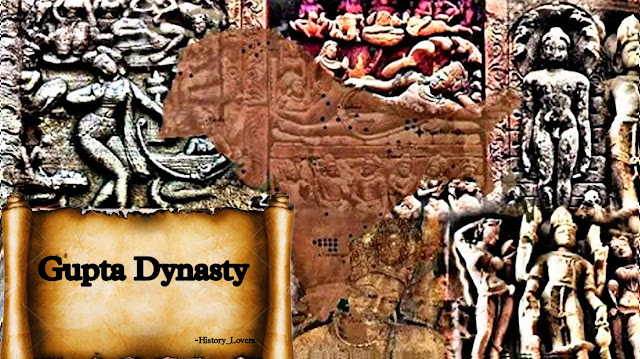The Quit India Movement [ causes, events and consequences ]
The Quit India Movement
 |
| Quit India Movement |
Quit India Movement is also known as the Bharat Chhodo Andolan. It was a key moment in India's fight for independence from British colonial rule. The movement was launched by the Indian National Congress in 1942, and it called for the immediate end of British rule in India. The movement was marked by mass protests, civil disobedience, and a renewed sense of national unity among Indians from all walks of life. In this article, we will explore the causes, events, and consequences of the Quit India Movement.
Causes of the Quit India Movement
 |
| Britishers acts on Indians |
The Quit India Movement was born out of the frustration and disillusionment of Indian leaders and citizens with British colonial rule. Despite decades of peaceful protest and negotiation, the British government had not shown any willingness to grant India independence. Instead, they had imposed repressive laws, jailed Indian leaders, and cracked down on civil liberties. The failure of the Cripps Mission in 1942, which was an attempt by the British government to negotiate a settlement with Indian leaders, was the final straw for many Indians.
The Indian National Congress, led by Mahatma Gandhi, was determined to use non-violent means to achieve independence. However, the Congress leaders felt that they could no longer wait for the British to grant them independence. They decided to launch a mass movement that would force the British to leave India. So the name of that mass movement is Quit India Movement.
Events of the Quit India Movement
The Quit India Movement was launched on August 8, 1942, with a speech by Mahatma Gandhi at the Gowalia Tank Maidan in Mumbai. In his speech, Gandhi called for the British to "quit India" and leave the country to its own devices. He urged Indians to engage in non-violent civil disobedience, to boycott British goods and services, and to refuse to cooperate with the British government in any way.
The speech was met with thunderous applause and widespread support from Indian citizens across the country. However, the British government was quick to respond. They arrested Gandhi and other Congress leaders and imposed a ban on public gatherings and protests.
Despite the crackdown, the Quit India Movement continued to gather momentum. Millions of Indians went on strike, and there were widespread protests and acts of civil disobedience. Railway lines were disrupted, telegraph wires were cut, and government offices were shut down. There were clashes between protesters and the police, and the British government responded with brutal force, using tear gas, batons, and live ammunition to quell the protests.
The Quit India Movement was marked by acts of bravery and heroism on the part of ordinary Indians. Women played a crucial role in this movement, with many of them taking part in protests and organizing rallies. The Quit India Movement also saw the emergence of new leaders, such as Aruna Asaf Ali and Ram Manohar Lohia, who played important roles in this movement.
Consequences of the Quit Indian Movement
 |
| Quit India Movement led to get independence of India |
The Quit India Movement had far-reaching consequences for India and for the British Empire. The movement marked a turning point in India's fight for independence, and it galvanized the Indian people in their struggle against British colonialism. The movement also forced the British government to confront the reality that they could no longer hold onto India by force.
The Quit India Movement had an impact on the international stage as well. The movement inspired other countries to fight for their own independence, and it played a role in the eventual dismantling of the British Empire. The Quit India Movement also marked a shift in the global balance of power, with the emergence of India as a major player in international affairs.
Conclusion
However, the Quit India Movement also had its share of negative consequences. The movement was marked by violence and repression, with thousands of Indians killed or injured in clashes with the police and the British army. The movement also led to the imprisonment of Indian leaders.
And this movement played a biggest role in getting freedom to India.



